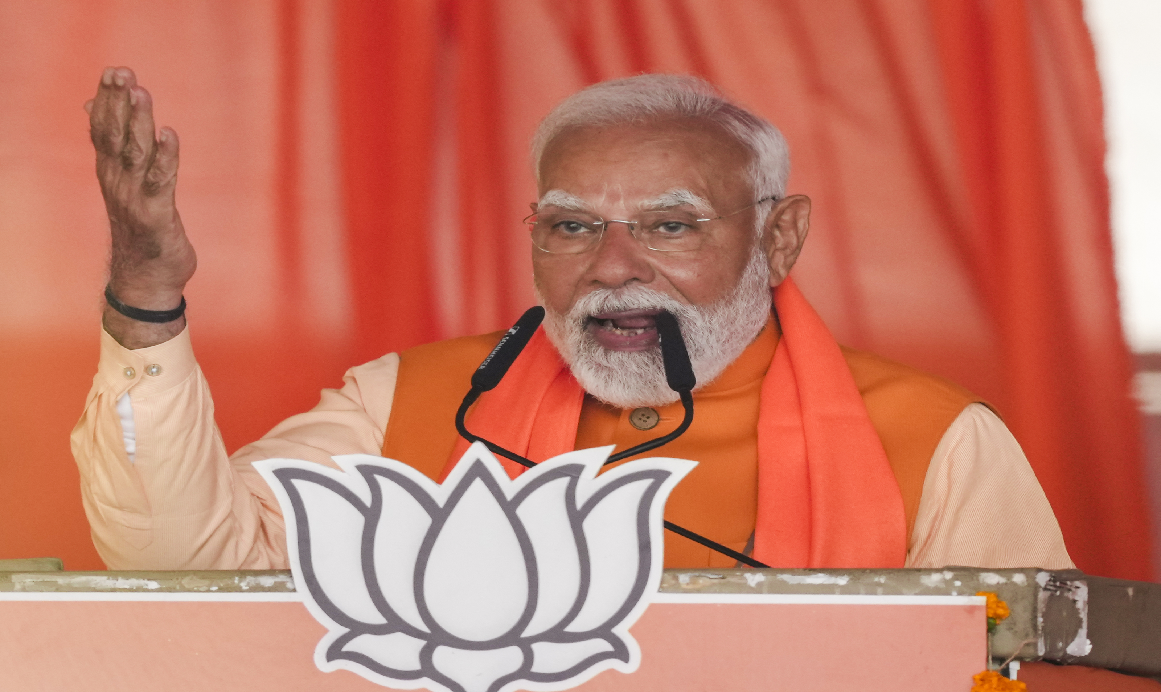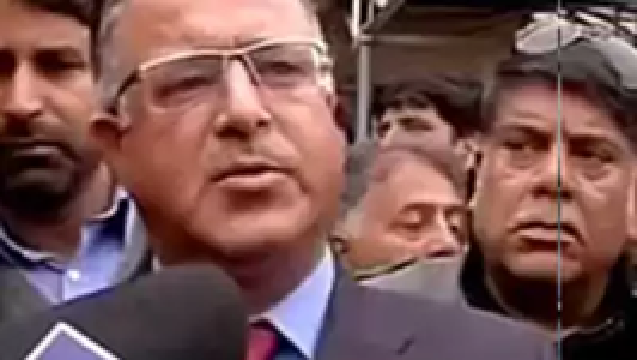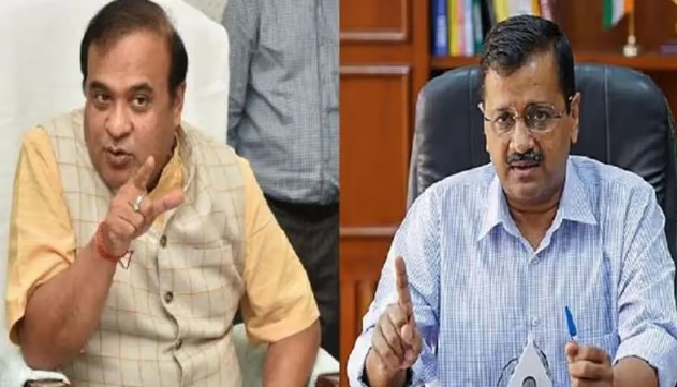
Financial savings of India’s households touch a five-decade low
Rana Siddiqui Zaman | NT
Bengaluru: In the light of recent reports about India'shousehold savings hitting a nearly 50-year low, News Trail exclusively spoke to Professor Arun Kumar, a renowned economist, and Prashant Bhushan, a Supreme Court advocate, to gain insights into the situation and its implications.
"This implies that the reported growth rate of the economy, which is shown as increasing from 7% to 7.8%, is not actually growing at this rate but at 1% or so, as I have been arguing for a long time. Also, it suggests that the unorganised sector, which constitutes 94% of the Indian economy, is experiencing a lack of income. Consequently, it is not growing, leading to the observed decline."
- Professor Arun Kumar, a renowned economist
India's household savings have reached a historic low, accounting for only 5.1% of GDP in the financial year 2023, down from 7.2% in 2022.
This signifies an increase in annual financial liabilities, rising to 5.8% of GDP from 3.8% in the previous fiscal year. The trend underscores an escalating dependence on loans for short-term consumption.
The primary cause behind this decline in savings is stagnant household income, leading to an uptick in borrowing. Moreover, this trend could also impact the pension system with the burden potentially reaching Rs 17 lakh crore under the old pension scheme.
Additionally, some states' decisions to revert to the old pension scheme, as reported by The Indian Express, could result in a cumulative burden of 4.5 times greater than the national pension scheme by 2050.
States like Jharkhand, Punjab, Himachal Pradesh, and Chhattisgarh have announced their intention to return to the old pension scheme. It's worth noting that households make the most significant contribution to Gross Domestic Savings (GDS) in India, encompassing savings from households, businesses, and the government sector.
Professor Kumar shared his insights, emphasising that the decline in household savings reflects a reduction in household income. He argued that the reported economic growth rates of 7% to 7.8% are inaccurate and that the actual growth rate might be 1% or so.
He also highlighted that the unorganised sector, which constitutes 94% of the Indian economy, may not be adequately captured in the data, contributing to the observed decline.
In terms of solutions, Professor Kumar stressed the need to boost demand at the grassroots level. He emphasised increasing the income of small and marginal farmers for all crops and ensuring fair wages for workers.
When their income rises, they will spend more, stimulating economic growth. Professor Kumar also advocated increasing demand and supply in the MSME sector to revitalise the economy.
Prashant Bhushan expressed concern about the government's lack of interest in improving the economy and the welfare of its citizens. He pointed to record-low employment rates and widespread hardships as evidence of the government's priorities.
Regarding the success of certain business houses, like Adani, amid economic challenges, Bhushan attributed this to government support. He mentioned instances where the State Bank of India (SBI) pledged further investments of 30,000 crore to support such entities.
Bhushan criticised the government for openly protecting these allies and highlighted instances where SEBI appeared to go out of its way to safeguard them.
In conclusion, both experts agreed that the future appears bleak unless there is a change in government. They emphasised the need for policies that prioritise economic growth, welfare, and equitable distribution of resources to address the current economic challenges facing India.
 English daily published in Bengaluru & Doha
English daily published in Bengaluru & Doha






